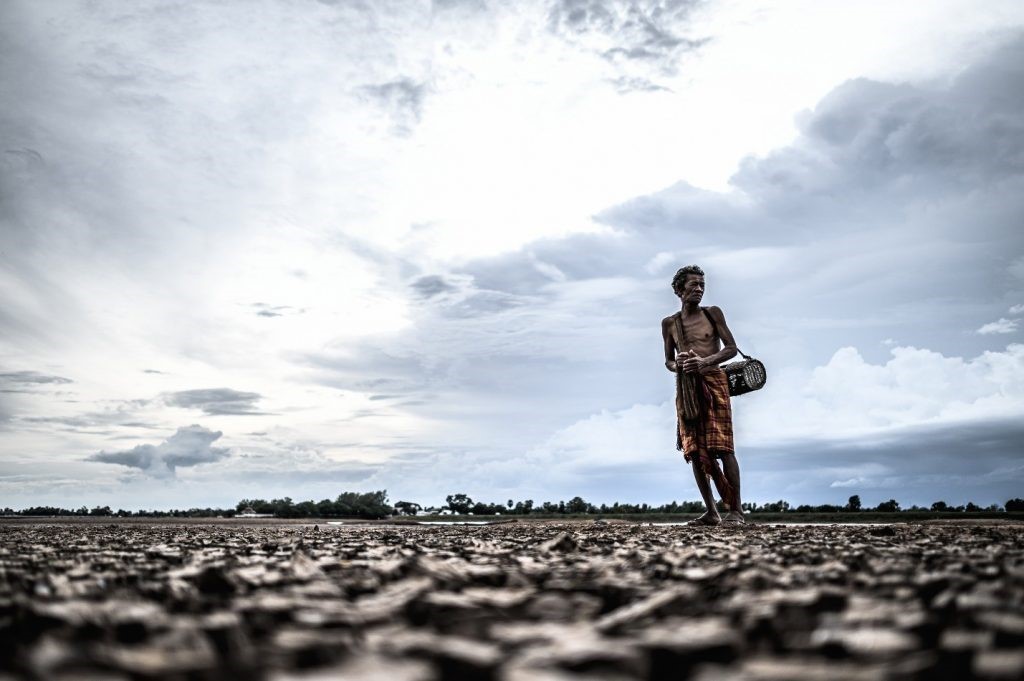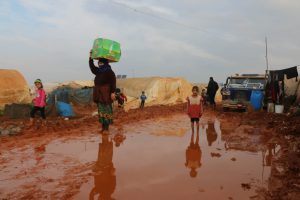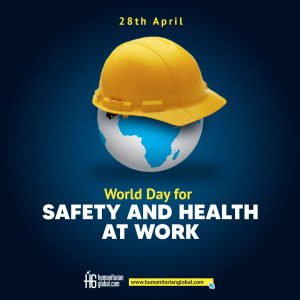With $5 million, the International Rescue Committee (IRC) is stepping up its response to East Africa’s worst drought in 40 years, providing essential humanitarian aid in Ethiopia, Kenya, and Somalia. However, the magnitude of the requirements stemming from the extreme drought is staggering. More cash is needed to support the 25 million people in East Africa who are facing extreme hunger and water shortages due to a financing deficit in the region’s humanitarian response plans. To safeguard lives, livelihoods, and prevent famine, the IRC is calling for a coordinated, urgent response from donors and the international community.
According to Frank McManus, IRC Country Director for Ethiopia, La Nina weather trends and climate change have contributed to the driest circumstances witnessed in Ethiopia in more than 40 years, leading to 307,000 people being displaced as they look for water, food, and new pastures for farming. Ethiopia’s humanitarian needs are increasing as a result of the country’s protracted conflict, which is exacerbating the drought. The International Rescue Committee (IRC) has contributed 2.5 million dollars to deliver crucial services to Ethiopians affected by the catastrophic drought, but much more needs to be done to meet the extent of demand. The 2011 drought in Eastern Africa was devastating; more than 260,000 people died and millions more went hungry as a result of excessive drought and poor crop output. This year is shaping up to be a disaster. Donors, the international community, and civil society are urged to work together to deal with this tremendous disaster.
The Ukraine crisis will exacerbate the situation. As the cost of petroleum rises, fewer people will be able to afford wheat imported from Ukraine and Russia, which account for 90 percent of East Africa’s imported wheat. The IRC is assisting those affected by the drought in Kenya, Ethiopia, and Somalia by providing basic services such as water and cash support. If more investment is not put into humanitarian aid, there will be a longer-term impact on the population, as their livelihoods and assets would be undermined. With this contribution, the IRC is increasing its response in southern Ethiopia, but much more needs to be done to address the extent of the needs.
Since 1981, the IRC has been working in the Horn of Africa. IRC works with clients in Ethiopia through programs that focus on environmental health, health, education, child protection, economic recovery and development, and women’s protection and empowerment. The IRC works in Somalia, where it began operating in the aftermath of the Somalia-Ethiopia conflict in 1981, to meet the immediate humanitarian needs of the Somali people while also supporting the country’s resilience and growth. In Kenya, the International Rescue Committee (IRC) provides life-saving emergency aid to 300,000 people, including primary and reproductive health care, nutrition for malnourished children, women’s protection and empowerment, and economic and livelihood assistance to refugees and vulnerable Kenyans who are starting businesses and rebuilding their lives.






